WASHINGTON — Drivers, beware: Speed cameras could be on their way to a location near you thanks to President Joe Biden’s infrastructure law.
Under new federal guidance issued Wednesday, states can now tap billions of federal highway dollars for roadway safety programs such as automated traffic enforcement. They are being told that cameras that photograph speeding vehicles are an established way to help bring down rising traffic deaths.
It’s all part of the Transportation Department’s new national strategy to stem record increases in road fatalities with a broad-based “safe system” approach that promotes better road design, lower speed limits and more car safety regulations. The guidance by the Federal Highway Administration cites speed cameras in particular as a proven enforcement tool against hazardous driving.
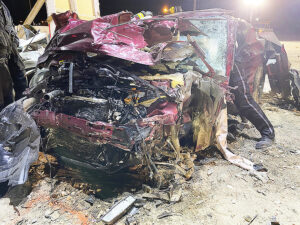
The Federal Highway Administration’s goal “is to help state and local transportation agencies across the country deliver projects that make streets, highways and bridges safe and accessible for all users,” agency Deputy Administrator Stephanie Pollack said. “States now have more flexibility and funding to make highway safety improvements.”
Automated traffic enforcement isn’t widely embraced. Speed cameras have been slow to be accepted in communities, even after the National Transportation Safety Board urged greater use of them in 2017 to deter crashes, due to concern from residents that they will be used unnecessarily and excessively as a revenue-generating tool. Eight states specifically forbid the use of speed cameras.
But as traffic deaths have spiked up during the coronavirus pandemic, auto safety groups have increasingly pointed to automated traffic enforcement as yielding more equitable and consistent results than police traffic stops. They released a checklist last summer aimed at providing a roadmap to build community support.
“Automated speed enforcement, if deployed equitably and applied appropriately to roads with the greatest risk of harm due to speeding, can provide significant safety benefits and save lives,” according to the Transportation Department’s safety strategy released last week.
The department said that under the previous five-year transportation bill, states were mostly confined to spending highway safety money for hard infrastructure projects, such as building sidewalks; use of federal money for speed cameras was prohibited except in school zones. Now, under Biden’s new law, states have the option to use up to 10% of the $15.6 billion in total highway safety money available over five years for specified non-infrastructure programs, such as public awareness campaigns, automated enforcement of traffic safety laws and measures to protect children walking and bicycling to school.
About $3 billion of the highway safety money was distributed to states in December.
The new guidance also requires at least 15% of a state’s highway safety improvement program funds to address pedestrians, bicyclists and other nonmotorized road users if those groups make up 15% or more of the state’s crash fatalities.
Transportation Secretary Pete Buttigieg has stressed the need to improve safety for all road users and not just drivers, noting that safer roads for all open up transit options. According to government data, traffic fatalities involving bicyclists and pedestrians are more likely to impact non-white, lower-income people.
The Associated Press is an independent global news organization dedicated to factual reporting. Founded in 1846, AP today remains the most trusted source of fast, accurate, unbiased news in all formats and the essential provider of the technology and services vital to the news business. The Trucker Media Group is subscriber of The Associated Press has been granted the license to use this content on TheTrucker.com and The Trucker newspaper in accordance with its Content License Agreement with The Associated Press.








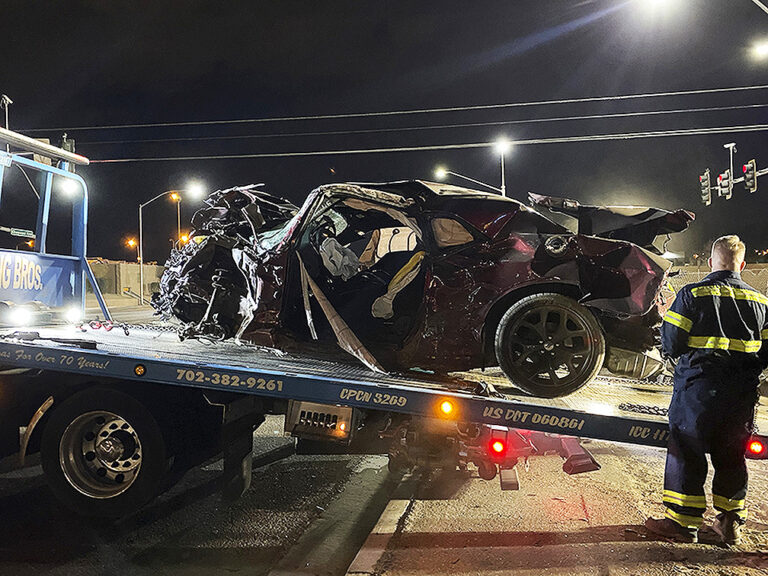

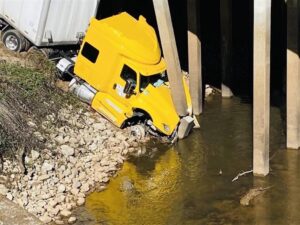
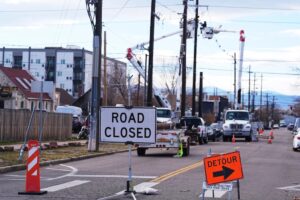

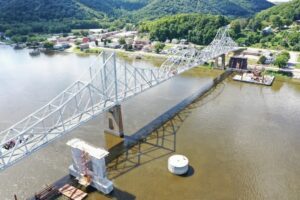
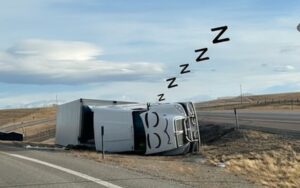
No it has nothing to do with safety, it’s all about generating revenue for failed Democrat run states.